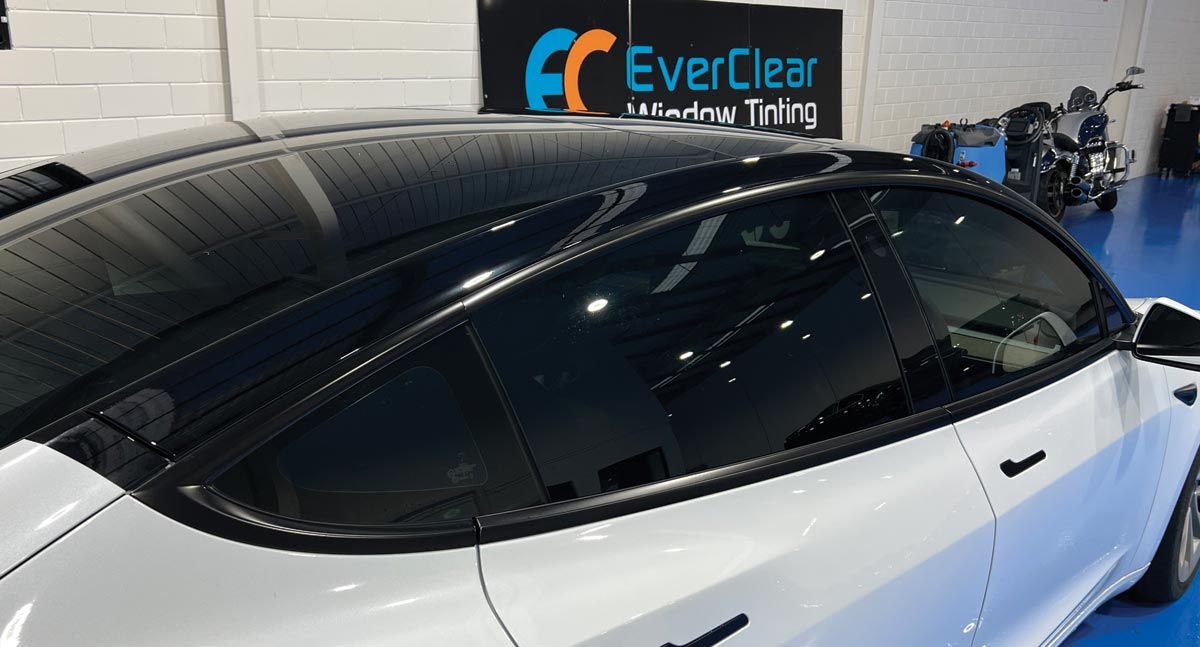
Window tints play a crucial role in keeping your vehicle cool, comfortable, and protected from harmful UV rays. As a leading authority on automotive window films, we are dedicated to providing valuable information about the benefits of window tinting, and how it can significantly reduce heat inside your car.
The Mechanics of Heat Transfer and Window Tinting
To understand how window tinting reduces heat, it’s essential to grasp the basics of heat transfer. There are three primary modes of heat transfer: thermal conduction, convection, and radiation. In the context of window tints, the most important mode is radiation.
Solar Radiation and Infrared Heat
Solar radiation is the primary source of heat gain in a vehicle. The sun emits energy across a spectrum of wavelengths, including visible light, ultraviolet (UV) rays, and infrared (IR) radiation. While UV rays are known for their harmful effects on our skin and materials, it’s the IR radiation that is mainly responsible for heating up your vehicle’s interior.
Window Tinting Materials and Technologies
There are several types of window tinting materials and technologies available in the market, each designed to provide varying levels of heat rejection, UV protection, and privacy. Let’s delve deeper into the most popular options:
Dyed Window Tints
Dyed window tints are created by adding a layer of dye between the adhesive and the polyester film. They are the most affordable option and provide a moderate level of heat rejection by absorbing solar energy. However, they have a limited lifespan and may not offer the highest level of IR and UV protection.
Metalized Window Tints
Metalized tints use a thin layer of metallic particles embedded within the film to reflect solar radiation. These tints are highly effective at reducing heat and blocking UV rays, but they can interfere with electronic signals, such as GPS, cell phones, and radio reception.
Carbon Window Tints
Carbon tints utilize a carbon-based layer that effectively blocks IR radiation, resulting in excellent heat rejection without compromising electronic signal transmission. Additionally, they offer a high level of UV protection and are long-lasting.
Ceramic Window Tints
Ceramic window tints use nano-ceramic particles to provide the highest level of heat rejection, UV protection, and IR radiation blocking. They are also the most durable option and do not interfere with electronic signals.
How Window Tints Reduce Heat: The Numbers
Different types of window tints offer varying degrees of heat rejection. Here’s a breakdown of the average percentages for each type:
- Dyed Window Tints: heat rejection up to 30%
- Metalized Window Tints: heat rejection up to 50%
- Carbon Window Tints: heat rejection up to 60%
- Ceramic Window Tints: heat rejection up to 95%
Additional Benefits of Window Tinting
Apart from reducing heat, window tinting offers numerous other benefits, including:
- UV protection: Protects your skin and your vehicle’s interior from fading and cracking.
- Enhanced privacy: Window tints make it difficult for outsiders to see inside your vehicle.
- Improved safety: In case of an accident, window films can hold shattered glass together, reducing the risk of injury.
- Energy efficiency: By reducing heat gain, window tints can help decrease the strain on your car’s air conditioning system, ultimately improving fuel efficiency and reducing emissions.
- Aesthetic appeal: A well-installed window tint enhances your vehicle’s appearance and adds a touch of customisation.
- Also helps with homes: The heat reduction benefits also apply to home window tinting.
The heat reduction benefits don’t just apply to cars, a study by the Department of Mechanical Engineering, National Institute of Technology Karntaka, Surathkal (NITK), Mangalore-575025, Karnataka, India titled ‘Thermal Analysis of Wall and Window Glass Materials for Cooling Load Reduction in Green Energy Building Design’ found that “window glass materials can reduce power consumption for cooling”. In essence, providing benefits for commercial buildings, homes and offices.
Selecting the Right Window Tint for Your Vehicle
Choosing the best window tint for your vehicle depends on your specific needs, budget, and local regulations. It’s essential to consider factors like heat rejection, UV protection, electronic signal interference, and durability when making your decision.
Check Local Laws
Before investing in window tinting, familiarize yourself with local regulations governing tint percentages and reflectivity. Laws vary by state or country, and non-compliant window tints could result in fines or the need for costly removal and reinstallation.
Professional Installation
For the best results, we recommend seeking professional installation by a reputable window tinting company. Skilled technicians have the expertise and tools necessary to ensure a high-quality, long-lasting installation, free from defects like bubbles and peeling.
Conclusion: Investing in High-Quality Window Tints for Optimal Results
Investing in high-quality window tints can significantly improve your vehicle’s comfort, safety, and appearance. By selecting the right type of tint and partnering with a professional installer like EverClear Window Tinting, you’ll enjoy the benefits of reduced heat, UV protection, enhanced privacy, and more.

